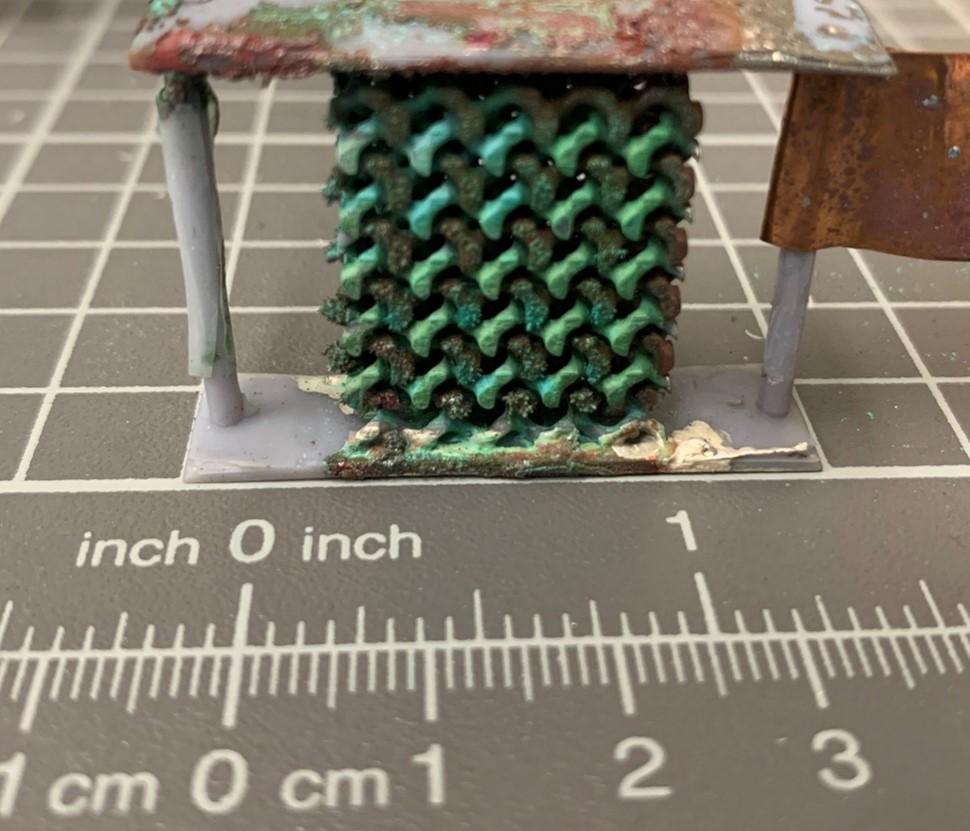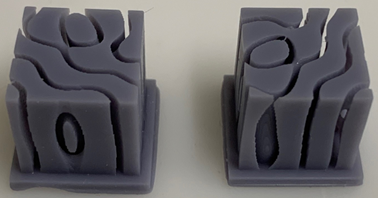Membrane-based lithium-ion batteries have been widely used in various applications, but they have their share of drawbacks:
1. Limited lifespan: The separator membrane used in membrane-based lithium-ion batteries can degrade over time, reducing the battery's lifespan and leading to potential safety hazards.
2. Reduced power output: The membrane used in these batteries can limit the flow of ions between the anode and cathode, resulting in reduced power output and slower charging.
3. Higher internal resistance: The membrane can also increase the internal resistance of the battery, reducing the overall efficiency and leading to heat generation and decreased performance.
4. Limited flexibility: The membrane is a rigid component, which can limit the flexibility of the battery's form factor and restrict its use in certain applications.
5. Risk of short-circuiting: If the separator membrane is damaged or fails, it can lead to a short circuit and potentially cause a thermal runaway, which can result in a fire or explosion.
Given that membranes can be so disadvantageous, there is a need to develop batteries that do not require having a membrane separator.
LLNL researchers have developed a fabrication process for creating 3D random interdigitated architectures of anodes and cathodes, eliminating the need for a membrane to separate them. This approach is similar to the repeating interdigitated multi-electrode architectures that also were developed at LLNL.
The method to create random interdigitated structures employs Stereolithography (SLA) 3D printing technology to print the interlocking structures, followed by rinsing with organic solutions to remove residual printing resin. The cleaned structures are then solidified by curing with UV light. A conductive layer is introduced through an electroless plating process for surface modification, and active materials like copper and MnO2 are deposited onto both sides of the anode and cathode. Unlike direct ink writing techniques, this method allows for the creation of more complex structures, allowing for finer tuning of the battery's performance.
Captions:
Left image: Picture of interlocked electrode structure with metal plated surfaces
Right image: 3D printed spinodal structures as example of possible interlocked electrode design architectures
Advantages of 3D interdigitated lithium batteries include:
1. High energy density: The 3D interlocking structure of the battery allows for increased surface area, which can increase the amount of active material in the battery, resulting in a higher energy density compared to traditional lithium-ion batteries.
2. Improved power output: The interlocking structure of the battery also facilitates better electron and ion transport, resulting in improved power output.
3. Faster charging: 3D interdigitated lithium batteries can be charged faster compared to traditional lithium-ion batteries due to their improved electron and ion transport.
4. Enhanced durability: The 3D interlocking structure of the battery provides better mechanical stability, reducing the risk of deformation or damage during use.
5. Flexible form factor: The interlocking structure of the battery allows for flexibility in design, making it possible to create batteries of different shapes and sizes to fit a wide range of applications.
- Next generation Li-ion battery design
- Supercapacitors
- Zn based batteries
Current stage of technology development: TRL 3
LLNL has filed for patent protection on this invention.



